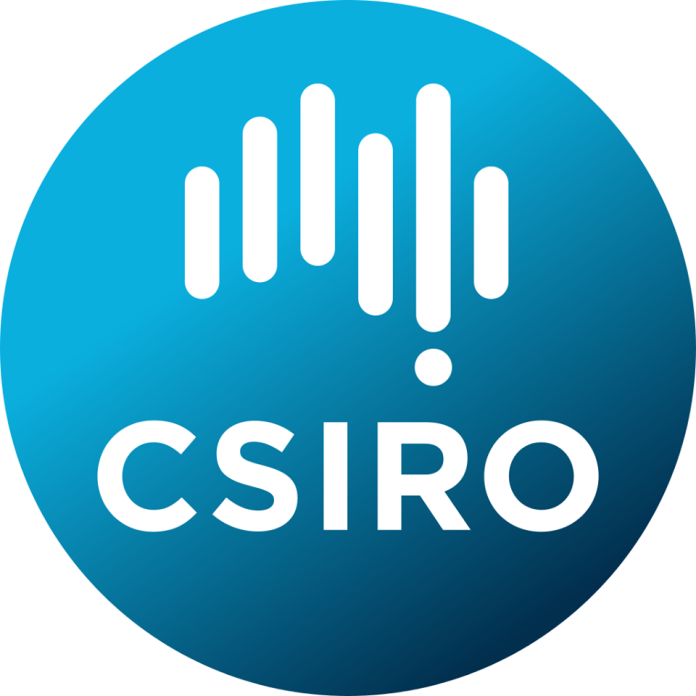
CSIRO, Australia’s national science agency, has partnered with AFAC, the National Council for Fire and Emergency Services, to develop a nationally consistent bushfire modelling and prediction technology.
Under the agreement, the two parties will develop a state-of-the-art bushfire simulation tool based on CSIRO’s ‘Spark’ fire prediction platform, which combines current fire behaviour knowledge with cutting-edge simulation science to produce predictions, simulations and visualisations of bushfire spread in a matter of seconds.
Called ‘Spark Operational’, the new technology will enable fire and emergency services agencies across Australia to effectively plan for and respond to fire emergencies in a variety of landscapes and climates.
“It was identified as the best solution to use to help achieve a nationally consistent system that will take the nation to the next generation of firefighting intelligence, and ensure we are protecting as many lives and assets as possible across multiple scenarios, mitigating the dangers of bushfire,” said AFAC CEO Stuart Ellis.
CSIRO Chief Executive Dr Larry Marshall said the Agency will work with AFAC’s Fire Prediction Services Group to improve existing technology and develop a nationally consistent bushfire modelling and prediction capability built on decades of expertise.
“Our solutions from science have protected Australians from the threat of bushfires for over 70 years, from roadside fire danger signs to advanced burnover protection materials,” Dr Marshall said.
“But 2020 changed the game forever. So, we have changed our game too, by unleashing new science and technology to protect our firefighters and Australian communities.
“We believe this advanced system will help firefighters outthink fire, to anticipate its actions, and to get ahead of it, so they can beat it.
“Spark is a great example of combining environmental, digital and materials science and listening to Australia’s front-line responders to deliver a real-world solution that works for them.”
According to CSIRO’s announcement, phase one of the technology’s implementation commenced in January 2021, with further developments ensuring it will become fully operational over the next three years.




















